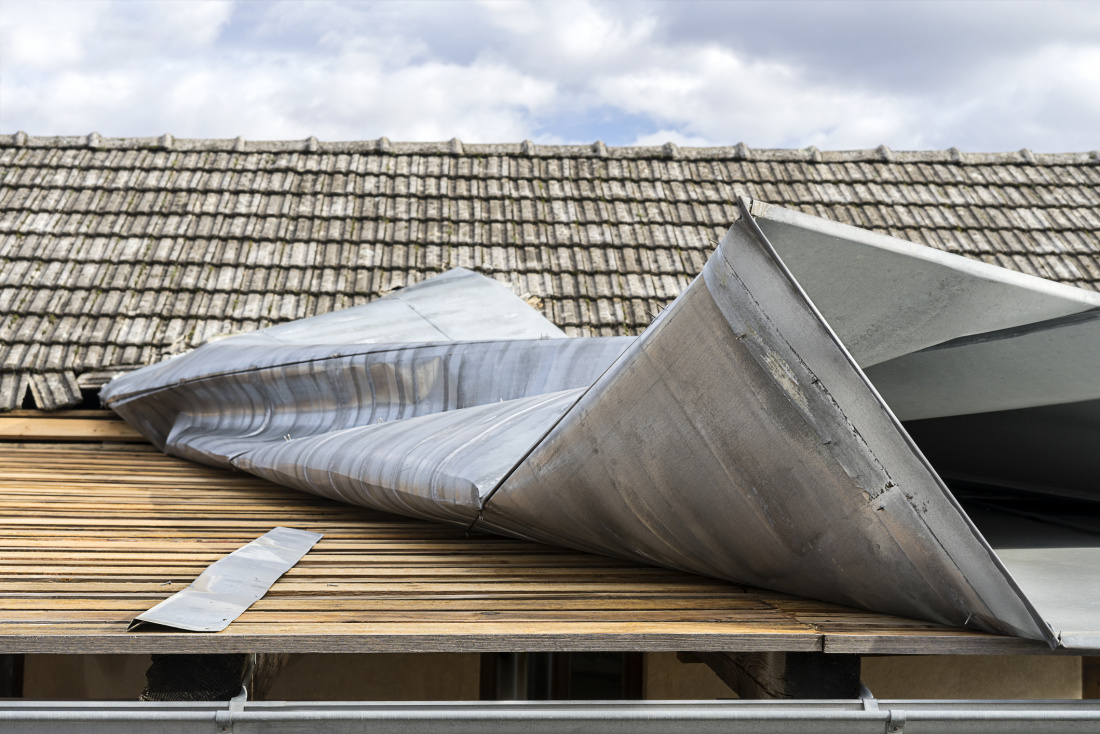Storm Damage Repair Checklist for Homeowners
Severe thunderstorms, tornadoes, hurricane-force winds, and flooding are responsible for billions of dollars in residential property damages annually. Rebuilding or repairing your home after a severe weather event can be costly, time-consuming, and emotionally draining. Staying organized can help you stay on top of repairs and minimize material and labor costs. With hurricane season right around the corner, and severe weather beginning to ramp up in parts of the country, Genesis Total Exteriors has compiled a checklist for homeowners to help assess the condition of the home and potential repairs necessary following a severe weather event.
Roof Assessment
The home’s roof is likely to withstand damage from high winds and heavy precipitation. Begin by inspecting the roof thoroughly, as roofing repairs should be applied early to avoid worsening damage due to leaks, as well as to minimize the costs of repairs. Be on the lookout for:
- Damaged or missing shingles, tiles or seams
- Gaps or visible holes which expose the roof’s interior
- Concentrations of moisture (pooling water) or debris
- Bowing or sagging areas, including areas, once covered by debris or pooled water
- Visible water stains or spots on interior walls or ceiling
- Accessory damage (cracks in the chimney, gutters, or exterior pipes)
Exterior Wall Inspection
Once you’ve assessed the condition of the roof, you can turn your attention to the other areas which are most likely to bear the brunt of the damage following a severe weather event-- the home’s exterior walls. Damage to exterior walls may not always be apparent, so be sure to thoroughly evaluate them for damage. Walk around your home and check for:
- Cracked or splitting siding
- Dents or bowing
- Damaged or missing (stripped) stucco or siding material
- Chipped or missing paint
- Exposed interior (visible insulation, support structures, wiring, or--worst case scenario--full visibility into the home’s interior)
Windows
Be sure to thoroughly inspect all windows (and doors) for damage as well. Just because a window isn’t broken doesn’t mean it didn’t withstand some storm damage, and it’s important to tackle any issues early on. Check the following:
- Apparent shattering
- Large or fine cracks in glass
- Warped or damaged window panes
- Warped or moisture-derived damage on window sill
- Drafts of cold or warm air around a seemingly undamaged window
Protecting the value of your property and maintaining the safety of your home is critical in the time following a severe weather event. If damages are overlooked or neglected, they can create larger issues in the home’s structural integrity which may require more costly and extensive repairs. Our team of professional and qualified contractors here at Genesis Total Exteriors are proud to provide top-notch home repair services and assessments to support the interest of proactive homeowners, as well as to provide support for homeowners affected by storm damage. For more information, visit our website or check out our frequently updated blog.






